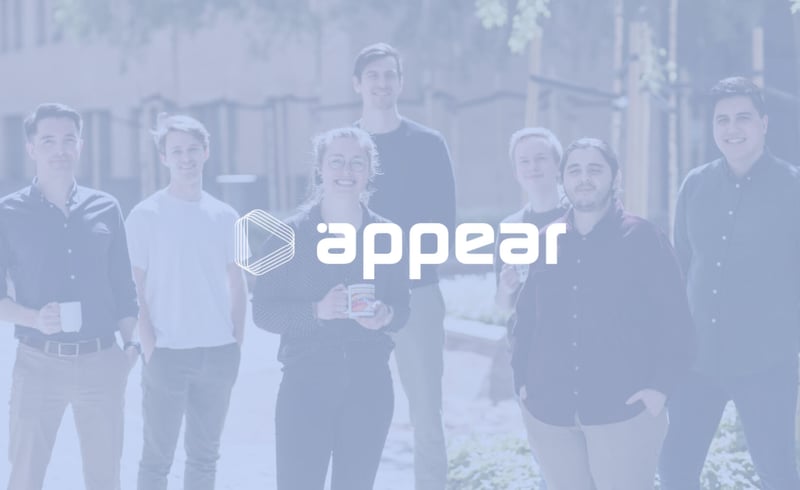Appear turned the company upside down
Appear was undergoing big changes. A new CEO, new HR and new way of working. After doing things the same way for 17 years, the new management wanted to turn the whole company upside down. Among other things, this meant new tools and large-scale recruitment. The company has enjoyed enormous growth recently and has welcomed a new employee about once a week for quite some time.
How on earth do you make sure that all the new people are seen and followed up?
Well, that’s no easy task. But that was also one of the reasons why we wanted a tool that could help us become experts in onboarding and offboarding. With this, we can set up concrete routines for phasing in and following up with new employees.
What made you choose Huma?
We looked at a number of solutions, but ended up choosing Huma because it is a robust solution that is really easy to use. There are also lots of people in our organisation who possess excellent technical expertise. I can’t get these people to use a solution that is too "corporate" or outdated. They see straight-through things like that and are interested in having tools that are easy and enjoyable to use and that don’t get in the way.
In other words, we liked Huma from day 1. It feels much more personified and down to earth. Not so "corporate" and "outdated."
What was the first thing you used in Huma?
The very first thing was to just get all the employee data gathered in one system. Everything from employment contracts, emergency contacts, and master data in general. These are important things that simply have to work when you are an organisation with 180 employees. In addition, we suddenly had to become super-professional at onboarding and offboarding because of the aggressive recruitment we were doing. We wanted to gain overview and control, as well as ensure we kept in line with the GDPR regulations.
In due course, we imagine starting to use the parts of Huma that focus on performance, internal communication, and culture, and that the employees gain more ownership of this.
So what are your people saying? Now that they've been using Huma for a while.
People are happy, absolutely. They haven’t asked for much, just that the tools we use should be helpful and not get in the way. Huma appeals, and people feel seen. So they are happy, yes.

Camilla Solheim, head of recruitment at Appear, uses Teamtailor as a recruitment tool. It’s a great benefit that Teamtailor is integrated in Huma because when we get new employees, they are transferred completely automatically and seamlessly into Huma. It saves us loads of work!
How has using Teamtailor for recruitment worked for you?
Teamtailor has worked really well! It’s a bit like Huma in that it’s very easy to use, and feels new and modern, in stark contrast to many of the other recruitment tools out there! They haven’t been around for very long and have already made a great tool! Since we were going to start with such aggressive recruitment, we had to have systems that simply worked. There was no way we could have loads of manual tasks in relation to all these processes.
What has having Teamtailor seamlessly connected with Huma been like?
I think the actual integration itself was only about three clicks or something to set up the triggers in Teamtailor, to then send all the relevant data directly to Huma. What’s great about this is that we get a consistent process, which ensures that we have the correct data about all our new employees in our HR tool. We used to do it manually; now we save time and minimise the risk of anything being forgotten or wrong.







